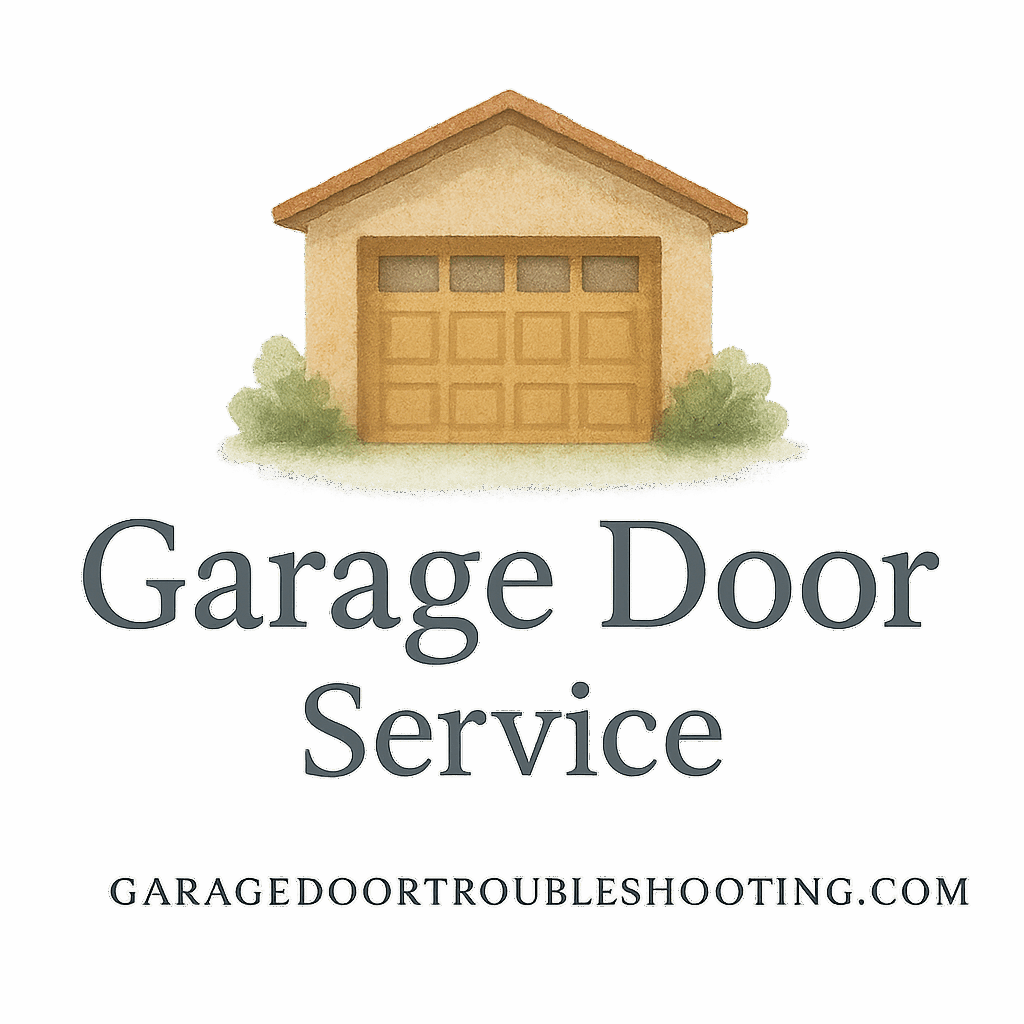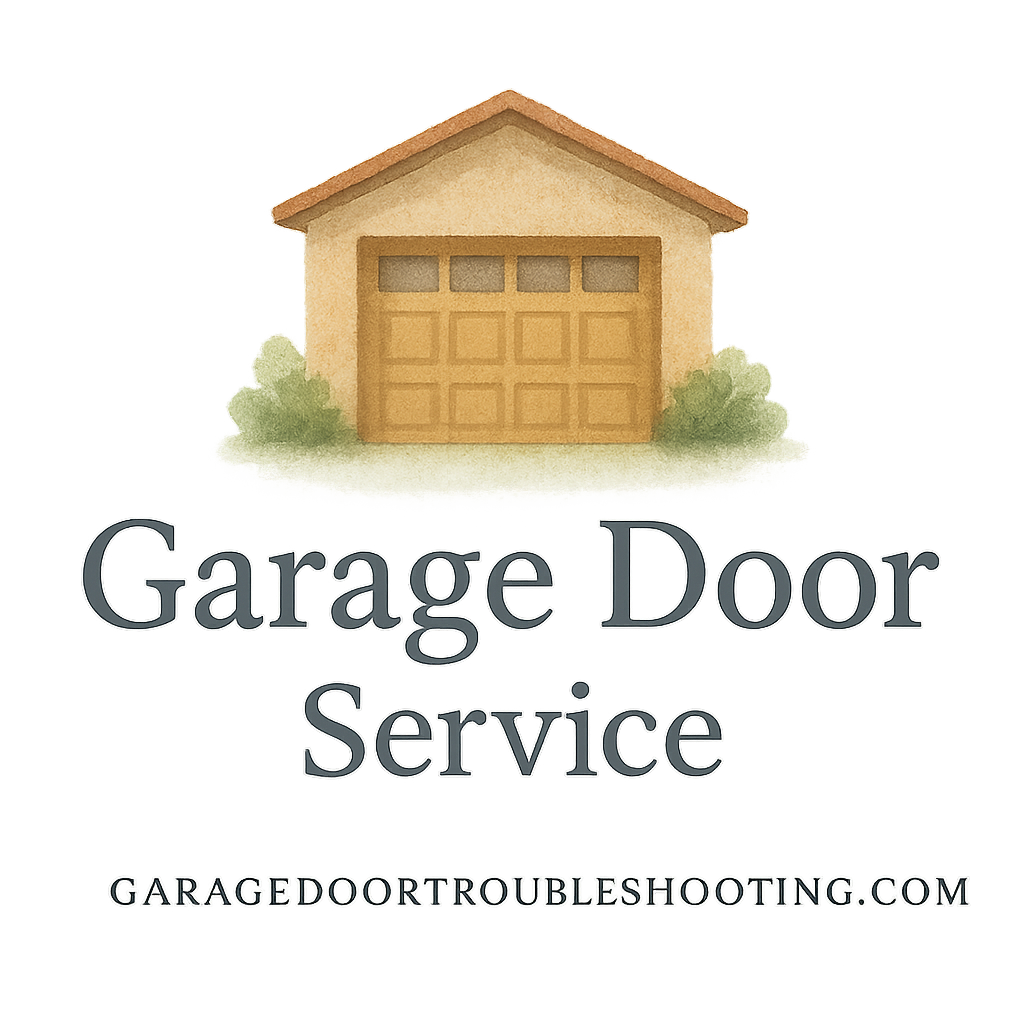Introduction to Roller Garage Door Repairs
Roller garage doors are convenient, space-saving, and stylish—but like all mechanical systems, they eventually need repairs. From worn rollers to misaligned tracks, a lot can go wrong. If you’re planning to tackle these repairs yourself, the key isn’t just skill—it’s having the right tools. Without them, you risk turning a simple job into a frustrating or even dangerous situation.
Why Having the Right Tools Matters
Imagine trying to bake a cake without a whisk or a pan. Repairs are no different. The right tools make repairs faster, safer, and more effective. Using makeshift tools, on the other hand, can cause more damage and put you at risk of injury. This is especially true with garage doors, where parts like springs are under extreme tension. Before you grab any random wrench lying around, let’s explore the essential tools you should always keep on hand for roller garage door repairs.
Safety First: Avoiding Dangerous Repairs
A garage door may look harmless, but it’s one of the heaviest moving parts in your home. Roller doors rely on springs and tracks under pressure. If mishandled, they can cause injuries. That’s why safety should always come first. As a homeowner, always review garage door safety precautions before beginning any project.
Tool #1: Adjustable Wrench
Why an Adjustable Wrench is a Must-Have
An adjustable wrench is one of the most versatile tools for roller garage door repairs. You’ll need it for tightening bolts, nuts, and other fasteners that keep the tracks and brackets secure. Its flexibility means one wrench can handle multiple sizes.
Tips for Using an Adjustable Wrench on Garage Doors
Don’t overtighten bolts—this can strip threads or crack brackets. Instead, aim for snug and secure. Also, pair it with a socket set for quicker adjustments.
Tool #2: Locking Pliers (Vice Grips)
Holding Tension Safely
Locking pliers are lifesavers when you need to hold components in place during repairs. For example, when adjusting rollers, these pliers prevent parts from slipping.
Preventing Accidental Slips
Using your bare hands to hold parts under tension is risky. Locking pliers keep everything steady and reduce the chance of injury.
Tool #3: Screwdriver Set
Flathead vs. Phillips for Garage Doors
A screwdriver set is non-negotiable. Flathead screwdrivers are often used for prying and adjustments, while Phillips screwdrivers are perfect for removing and tightening screws in brackets and panels.
Choosing the Best Screwdriver Set
Look for a set with magnetic tips. This prevents screws from falling into awkward spaces while you work.
Tool #4: Cordless Drill
Speeding Up Roller Garage Door Repairs
A cordless drill saves you time compared to manually using screwdrivers. It’s great for removing screws from tracks, panels, and brackets quickly.
Drill Bit Sizes You’ll Need
Keep a set of both Phillips and flathead bits. Also, stock some nut driver bits to handle different fasteners on garage doors.
Tool #5: Socket Set
Perfect for Garage Door Brackets and Bolts
A socket set allows you to remove and tighten bolts quickly. It’s especially handy when working on the brackets that secure the roller door tracks.
Standard vs. Metric Sockets
Your door might use either system, so it’s wise to have both. A complete set ensures you’re never stuck without the right fit.

Tool #6: Winding Bars
Handling Torsion Springs Safely
This is a must-have for torsion spring repairs. Winding bars help you adjust or release the tension safely. Never substitute them with screwdrivers or random metal rods—they’re not strong enough.
Why DIY Alternatives Are Dangerous
Improvised tools can slip out of the spring socket, sending metal flying. Using proper winding bars significantly reduces this risk.
Tool #7: Hammer or Mallet
When a Gentle Tap Works Wonders
Sometimes you just need a little nudge to realign parts or loosen stuck rollers. That’s where a hammer or mallet comes in handy.
Avoiding Excessive Force
Don’t go full Thor on your garage door. A mallet is often better than a hammer because it applies force without damaging surfaces.
Tool #8: Ladder
Safe Height for Roller Garage Door Repairs
Most roller doors are taller than the average person. A sturdy ladder ensures you can reach the upper tracks and rollers without stretching dangerously.
Ladder Placement Precautions
Always place your ladder on a flat surface and avoid leaning too far. Better yet, have someone hold the ladder for extra stability.
Tool #9: Level
Keeping Your Door Properly Aligned
A roller door that isn’t level will cause uneven wear and noisy operation. A level helps you check the alignment of tracks and panels.
Why Balance Matters for Longevity
When a door isn’t balanced, the motor or springs work harder. Over time, this shortens the lifespan of the entire system.
Tool #10: Lubricant Spray
Reducing Friction on Rollers
One of the simplest yet most effective tools is a lubricant spray. It keeps the rollers, hinges, and tracks running smoothly.
Choosing the Right Garage Door Lubricant
Skip WD-40—it’s not designed for garage doors. Instead, use a silicone-based or lithium-based spray. You’ll find plenty of recommendations in garage door maintenance tips.
Essential Safety Gear for Repairs
Gloves, Goggles, and Protective Wear
Repairs can expose you to sharp edges, metal parts, and dust. Gloves protect your hands, goggles keep debris out of your eyes, and sturdy clothing prevents scrapes.
DIY vs. Professional Garage Door Repairs
When to Call a Garage Door Services Professional
Some repairs, like spring replacement, can be extremely dangerous. In these cases, it’s best to hire garage door services professionals to handle the work safely.
Benefits of Hiring Experts
Professionals bring specialized tools, experience, and guarantees. Plus, they can spot potential issues before they become costly repairs.
Maintenance Tips After Roller Garage Door Repairs
Establishing a Maintenance Plan
Don’t wait until your garage door breaks again. Setting up a maintenance plan ensures your door stays in top shape.
Family Safety and Childproofing Garage Doors
If you’ve got kids, don’t overlook safety. Childproofing your garage door prevents accidents and gives you peace of mind.
Conclusion
Roller garage door repairs don’t have to be intimidating. With the right tools, a good plan, and a strong focus on safety, you can handle many repairs yourself. From wrenches to winding bars, each tool plays a role in making your repair smoother and safer. And remember—sometimes the smartest tool is knowing when to call in a professional. By combining preparation, maintenance, and the right gear, you’ll extend the life of your garage door and keep your family safe.
FAQs
1. Can I repair a roller garage door without winding bars?
No, winding bars are essential for safely handling torsion springs. Using makeshift tools can be dangerous.
2. What lubricant is best for roller garage doors?
A silicone-based or lithium-based spray is ideal. Avoid using WD-40, as it attracts dirt.
3. How often should I check my roller garage door for maintenance?
Inspect your door at least once every three months, and lubricate moving parts regularly.
4. Is it safe to replace garage door springs myself?
Not really. Springs are under extreme tension, making them hazardous. Call a professional repair service.
5. What’s the difference between a hammer and mallet for garage door repairs?
A mallet applies force gently without damaging surfaces, while a hammer is best for nails and tougher adjustments.
6. Can a cordless drill replace a screwdriver set?
Not entirely. A drill speeds things up, but you’ll still need a screwdriver for precision adjustments.
7. Why is alignment so important for roller garage doors?
Poor alignment strains the motor and rollers, leading to faster wear and costly repairs.


